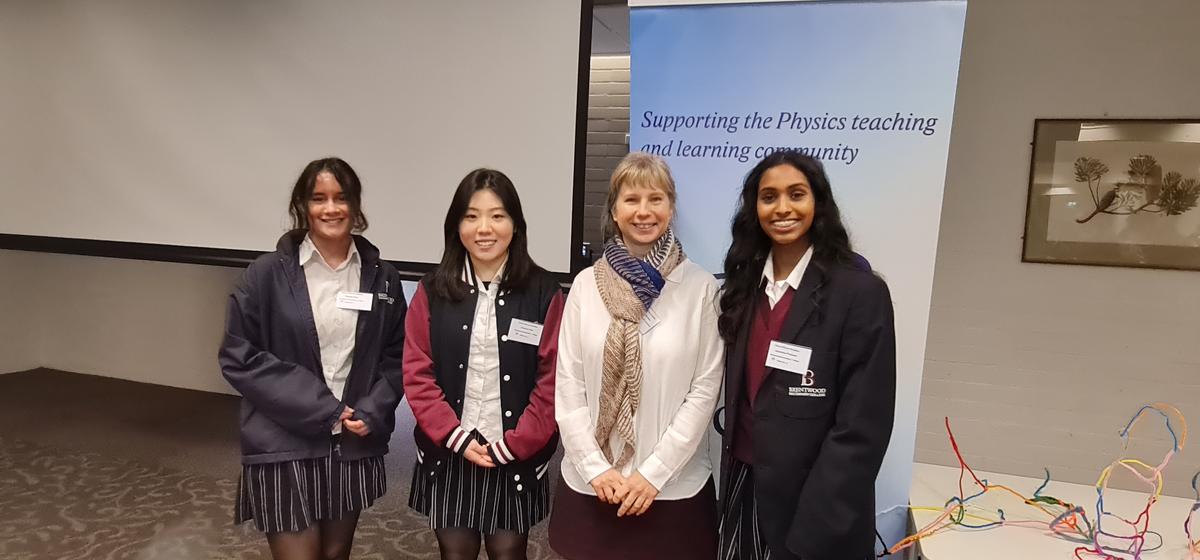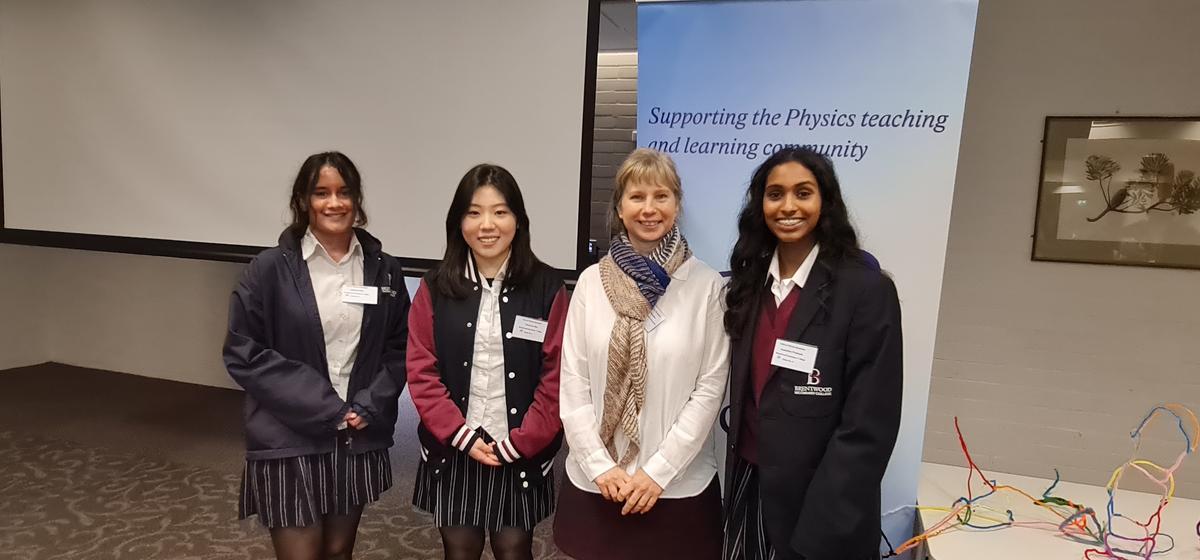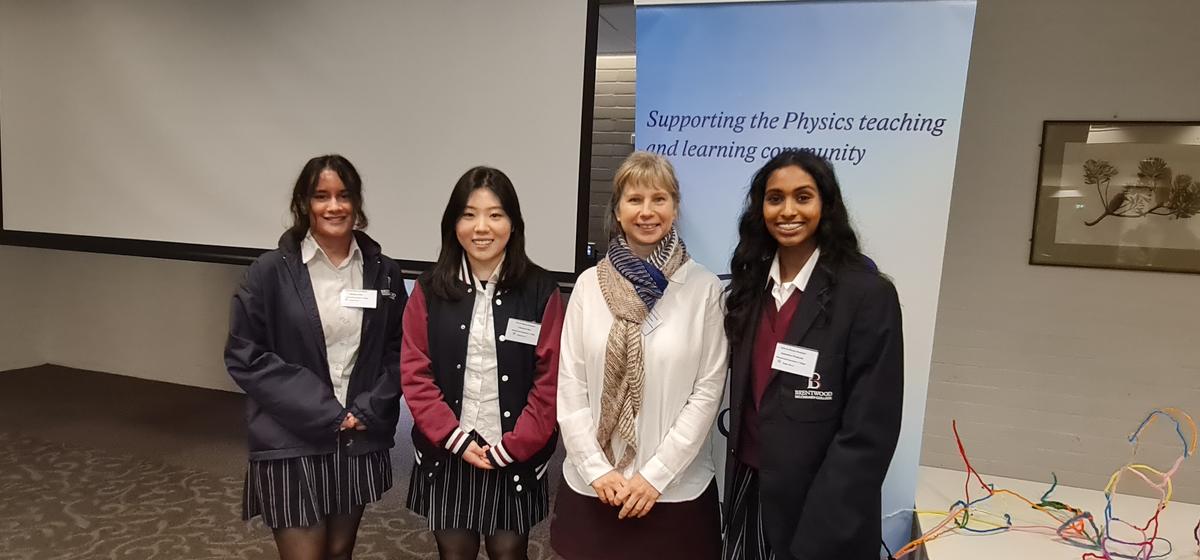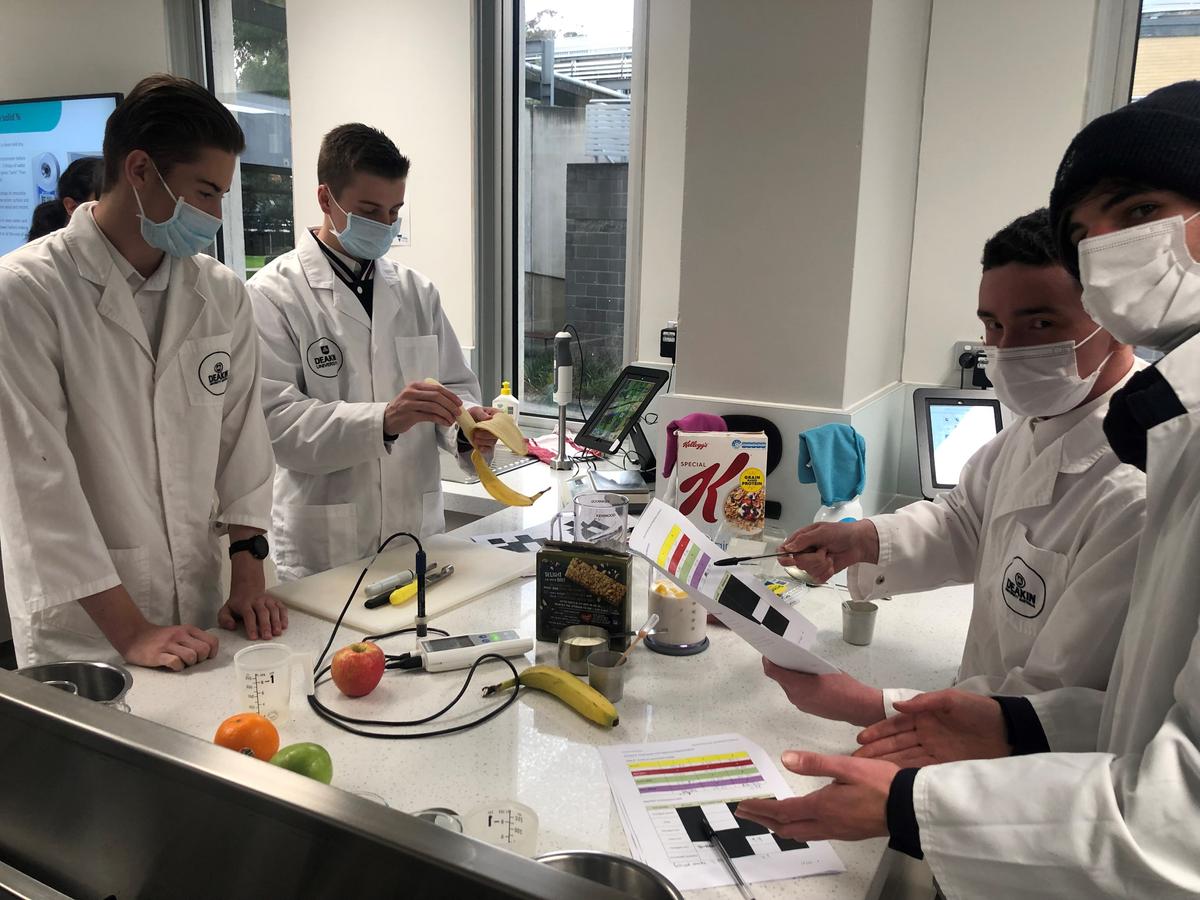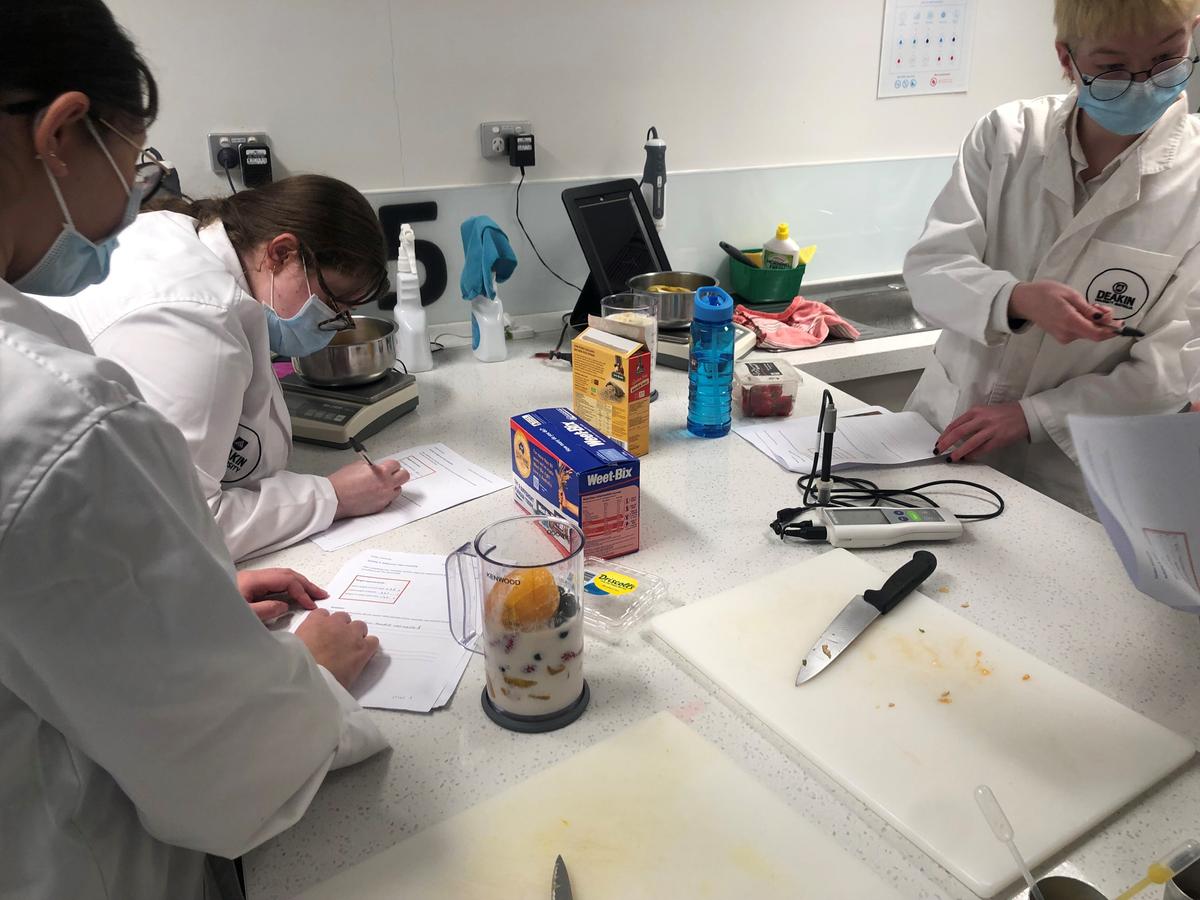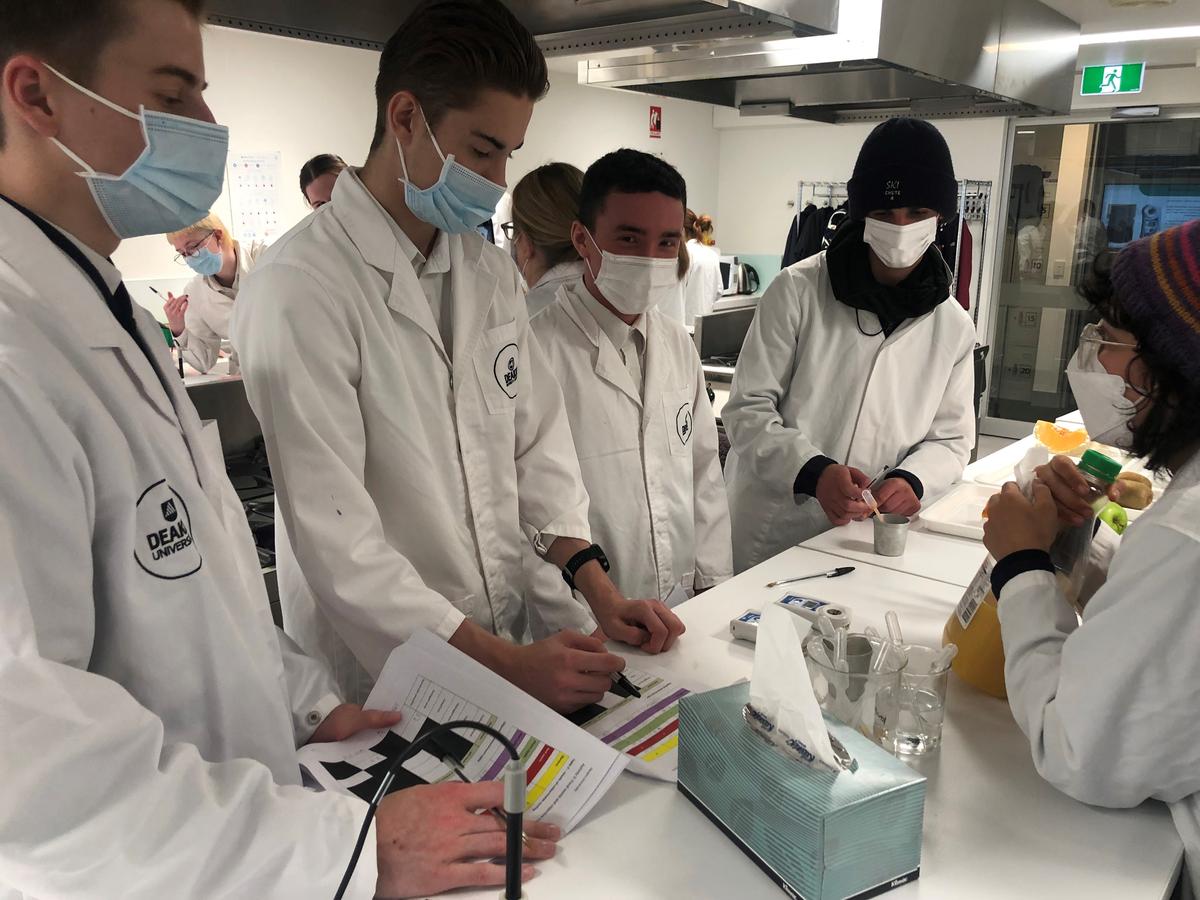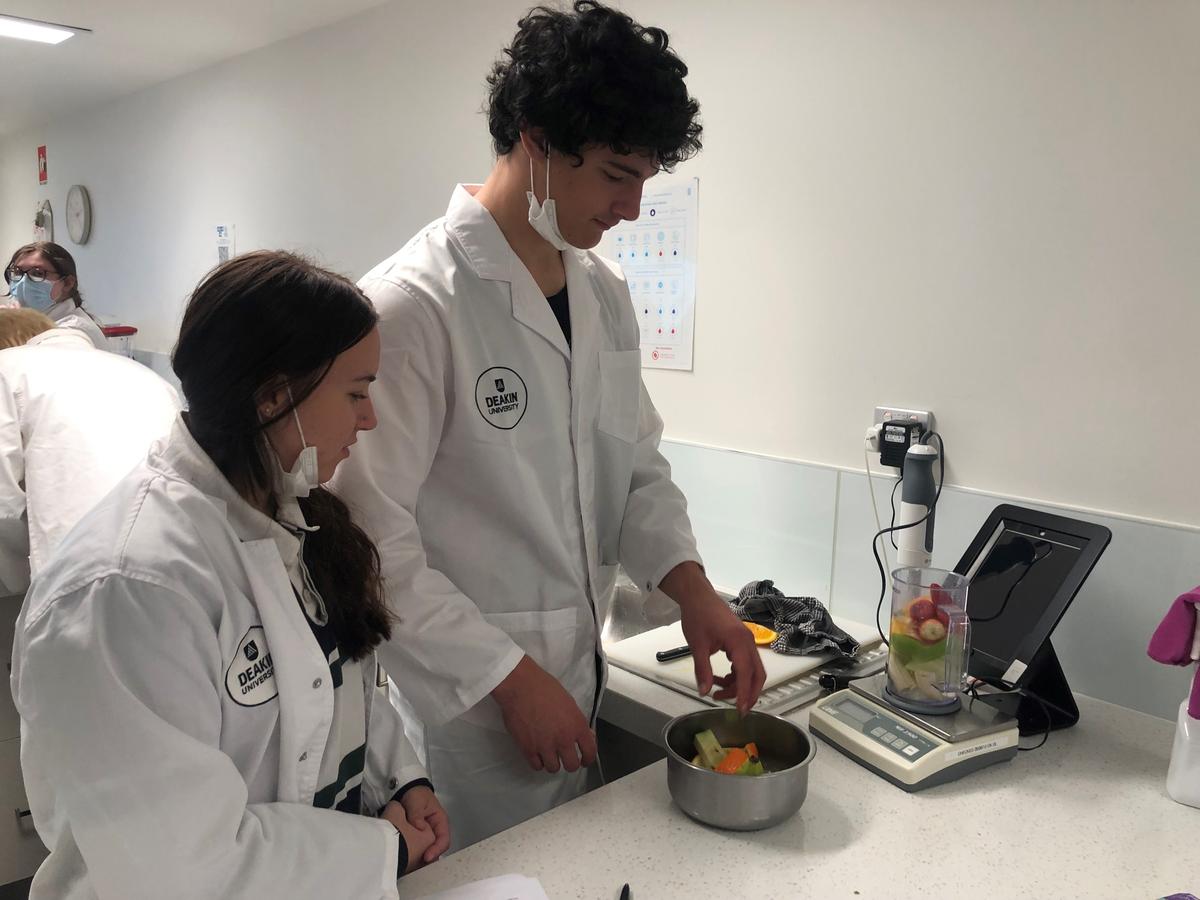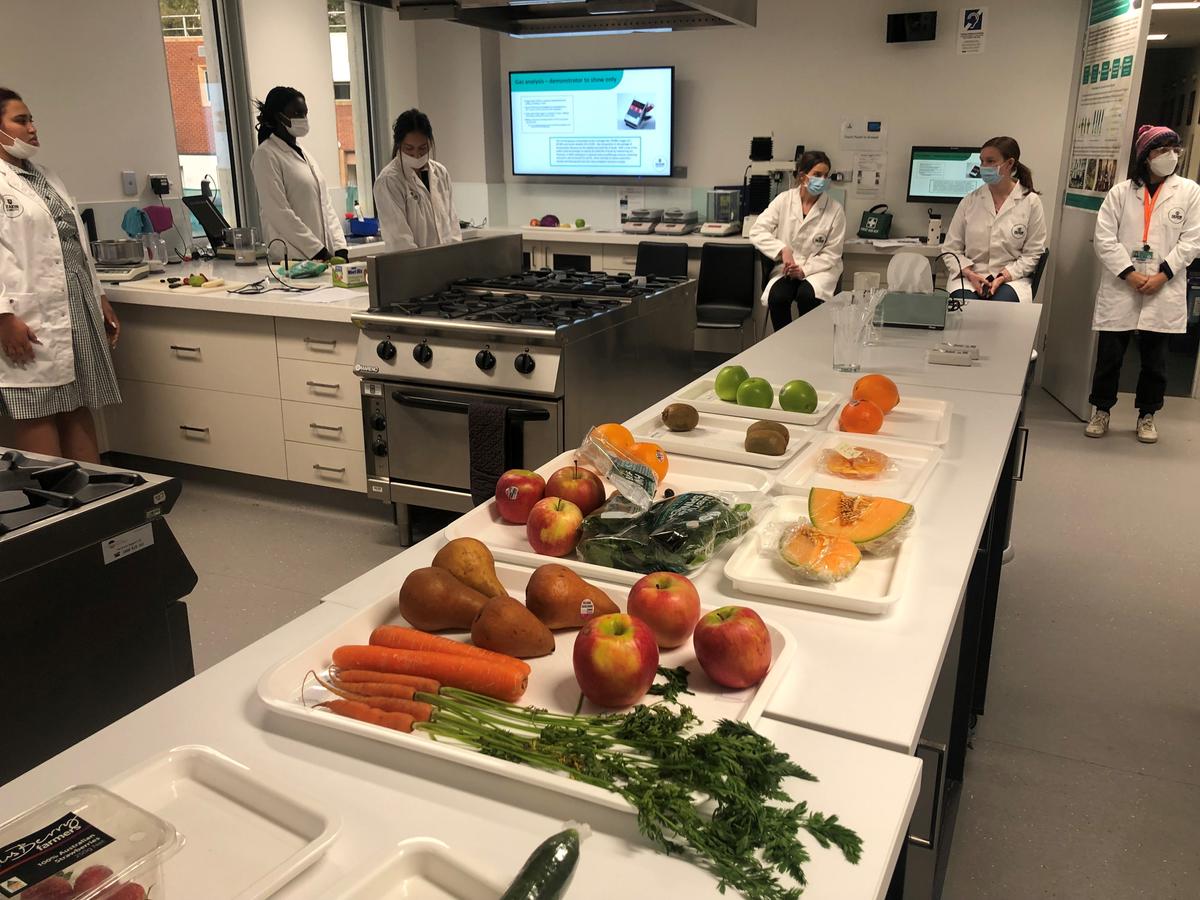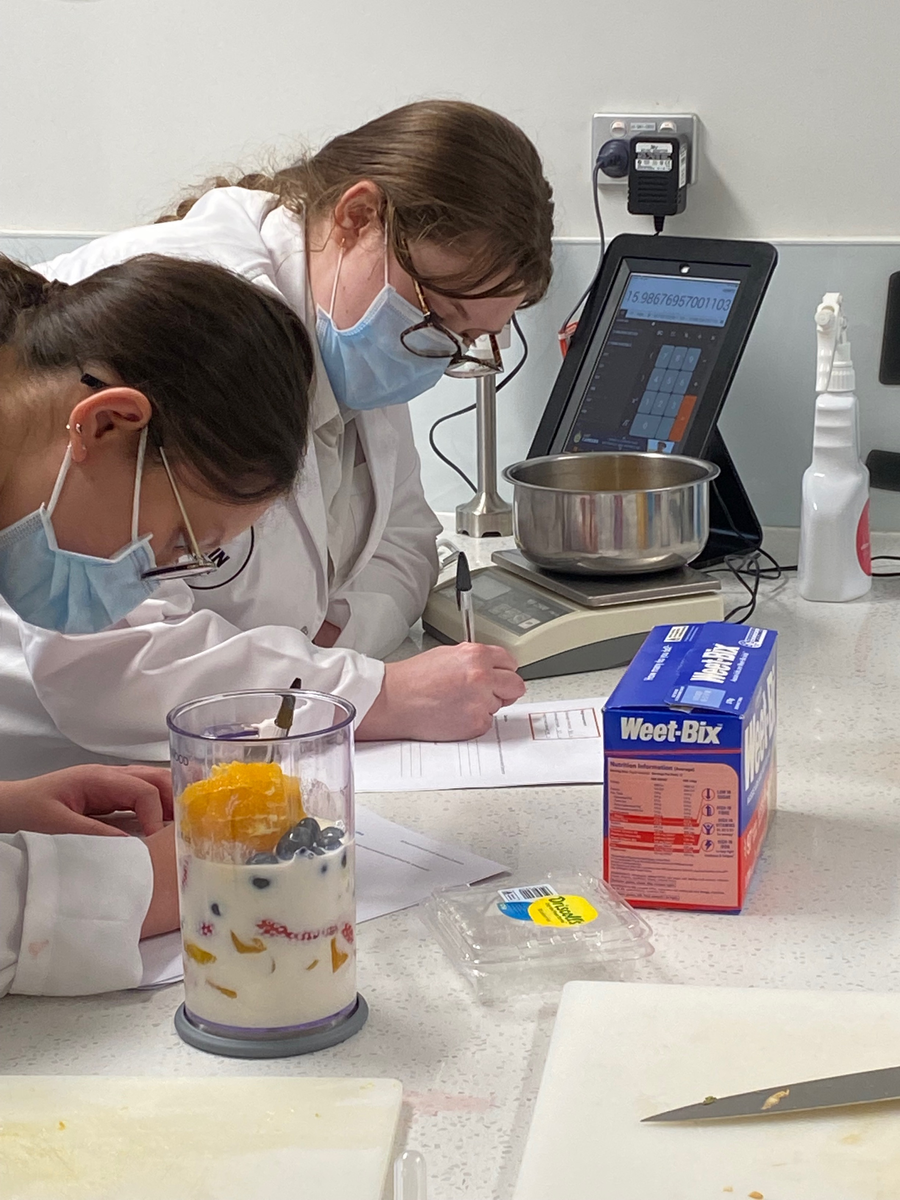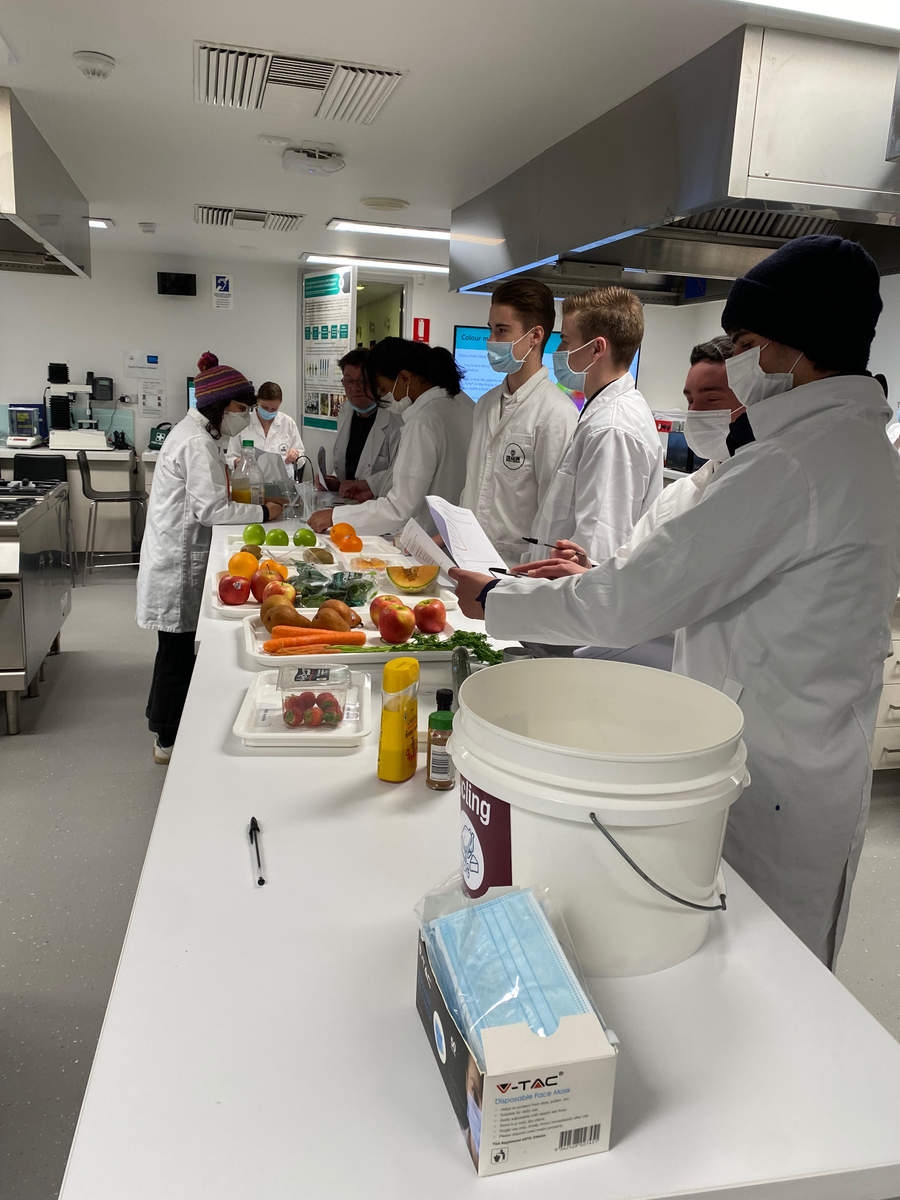Around The College
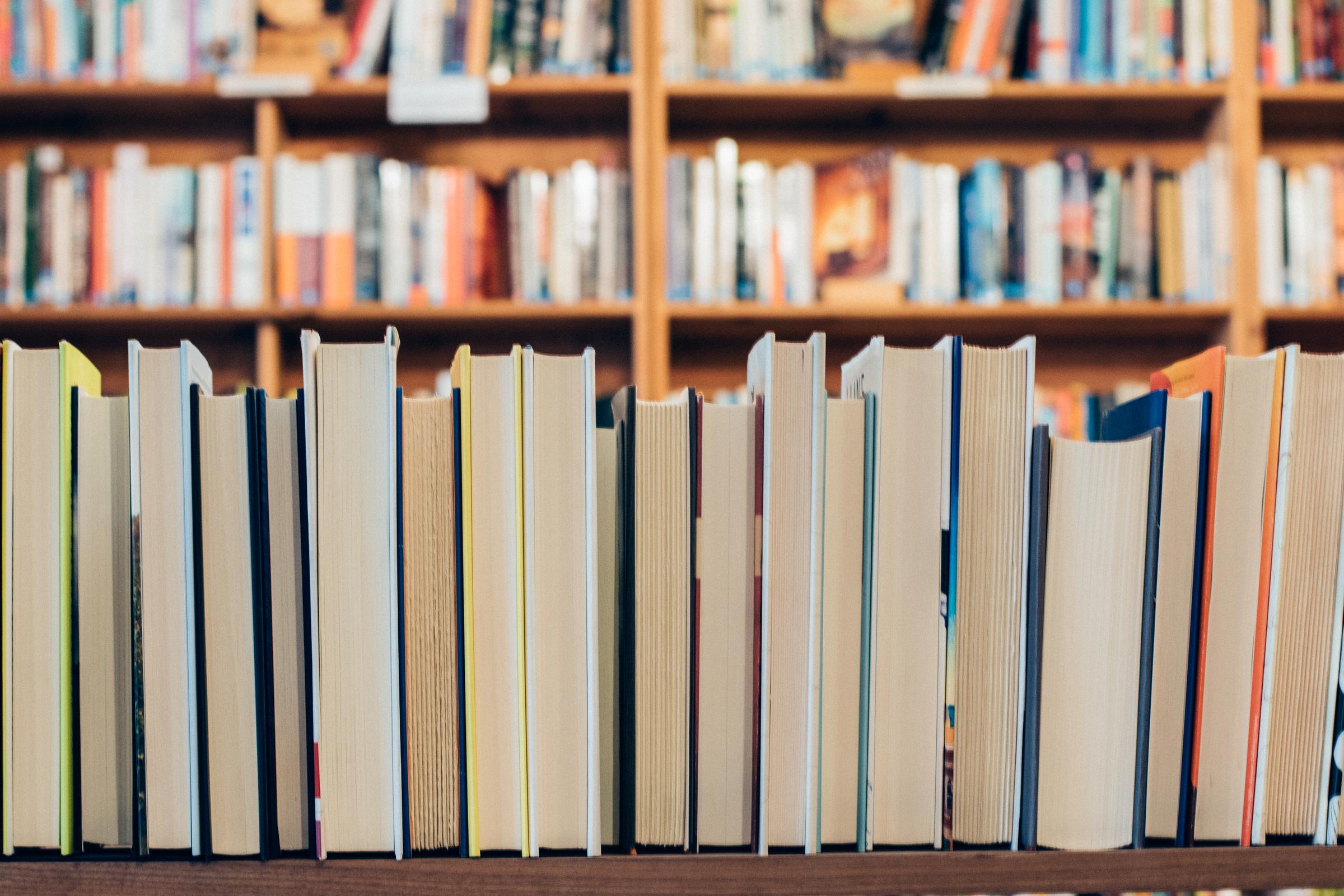
Girls in Physics Breakfast
On the 19th of May 2022, myself and two more female Brentwood physics students along with Ms. Kapadia had an incredible opportunity to attend the ‘Girls in Physics Breakfast’. This breakfast was organized by Vic Physics at Monash University to encourage female students to take STEM based subjects. Approximately 10 schools around Victoria attended, and among them, were like-minded students who shared a passion for physics and the representation of women in this field of study.
Each table included two to three students from the field of Physics currently studying at Monash University. This gave us opportunity to ask questions regarding the field of engineering and Physics and get more insights within the STEM career.
I shared table with one of student from Monash university she is currently uncovering 15 different dimensions of neutron stars! This was an enriching social event that allowed for many inspiring stories to be exchanged, especially within the field of astrophysics.
The guest speaker for the morning, Amanda Karakas, shared her astounding research regarding the varying degrees of star synthesis and degradation accompanied by the creation of many of the elements that surround us today. One of my most memorable lines of hers being “We are all made of stardust”. I feel this really encapsulates the sheer magnitude of the world we live in today and how interconnected the subject of physics can be.
Anesshae Prekkash
Food Studies
On Thursday 2nd of June, I had the opportunity to follow a Year 12 Food Studies class to Deakin University that gave students a hands-on approach to expand their knowledge of the Unit 3 & 4 outcomes for Food Studies.
Not being a food studies teacher myself, I found the experience to be exceptionally informative and made me more aware of how our food is processed, graded and labelled.
The students were able to pick four ingredients to make a smoothie, and using specialised equipment participated in ‘real life’ testing of different foods, from pre-packaged to fresh. I personally found it amazing the extent of testing that major supermarkets go through to approve fresh produce – from size and colour just to name a few. The science that goes in to checking the colour distribution of a fruit was amazing – That is, it had to have a certain amount of red & green for a pink lady apple before it was accepted – If a fruit or vegetable wasn’t quite the right colour, it would be rejected and either wasted or used in a ‘not quite right’ section. They of course, would taste no different, but the experiments highlighted the psychology consumers use when selecting fresh fruit and vegetables.
Students also tested the pH level of various items such as fruit juice and tested the pre-packaged products such as meat and chips and the gas used as a preservative. Oxygen and carbon dioxide levels were measured within the containers of the products that extend the life of a product, but at the same time keep it fresh.
The amount of waste was also explored – For example when buying a cauliflower, only 40% is actually usable. Yearly in Australia, that equates to 112 Kilotons of waste per year! (A kiloton is 1000 tonnes).
Although there were many more testing aspects the students explored, for me, it made me think about things such as what do you look at when you choose a packaged food? What components of the label do you read? The session attended made us all think about where our food actually comes from and was a fascinating insight into the science and technology that goes in to food selection and preparation that many of us take for granted. Thanks so much to Andrea Weinbergs, the Food Studies teacher for organising such an informative excursion that both the students and I really enjoyed attending.
Chris Barry, Accompanying Brentwood Teacher
What does it take to be remembered by future generations?
In our TLC history unit, we created posters about famous people who lived over a thousand years ago. As a class, we brainstormed famous people from over a thousand years ago and surprisingly most of the class had thought of the same people. The two most famous in our class were Cleopatra and Julius Caesar. We separated into partners, and each had to think of another person to make a poster about. After deciding which person from history we wanted to do, we started to research about their lives, thoroughly browsing the internet. Grouping together all the valuable information, we used coloured paper provided by our teacher to cut, paste, and make a visually appealing poster. In the end, we completed this poster in one lesson still managing to deliver high-quality work.
In the next lesson, as a team, we made a large timeline using the dates of birth of the people we’d researched. We thought carefully about just where exactly each poster was to be placed. A famous person, or someone to be remembered is someone who made a significant contribution to society. Julius Caser lead the Roman armies into a massive war and won thus engraving his name in military history. Cleopatra was well known for their relationships with Caesar and Mark Anthony and as they were well-known, she was remembered as well. Qin Shi Huang, the first emperor of Ancient China, linked one of the Seven Wonders of the World to the north, The Great Wall of China. Alexander the Great was a brutal conqueror and we remember him for being the cause of dark times, but as we have welcomed a new era with the changing times, we look back and become stronger. These people have embedded themselves in our culture, architecture, personalities, and religions.
Stephanie Lee, 7E1


